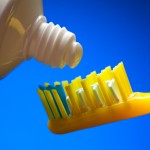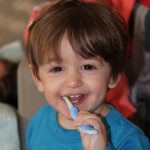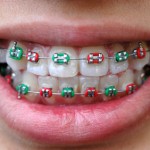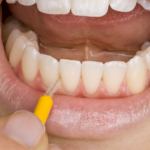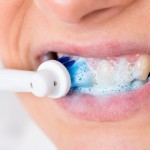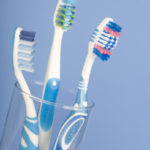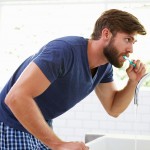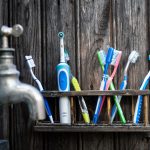
The aim of this randomised trial was to compare the efficacy of a powered versus manual toothbrush in controlling plaque and gingival health in participants undergoing fixed orthodontic treatment in respect of both the short term and long term. The findings showed no differences between the brush types at any time points ( 1, 6 or 12 months).
[read the full story...]